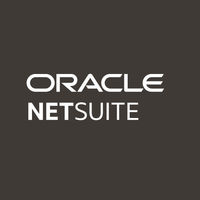SutiHR is a HR Software. SutiHR offers Training Management, Time Off Management, Recruiting Management, Performance Appraisal, Payroll Management and many more functionalities.
Some top alternatives to SutiHR includes BambooHR, Workable, GoCo, Paychex Flex and Rippling.
Yes, SutiHR provides API.
Yes, SutiHR provides a mobile app.
SutiHR is located in Los Altos, California
SutiHR offers Free Trial, Subscription, Quotation Based pricing models
Yes, SutiHR can integrate with Quickbooks, Freshbooks, ADP Vantage HCM, ConnectWise Control and many more.You can find more integration for SutiHR here
The starting price of SutiHR is $4/User/Month






























